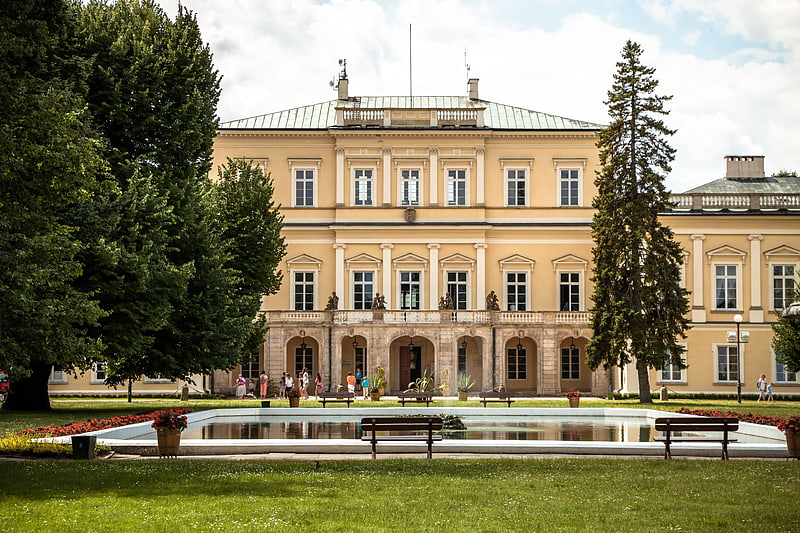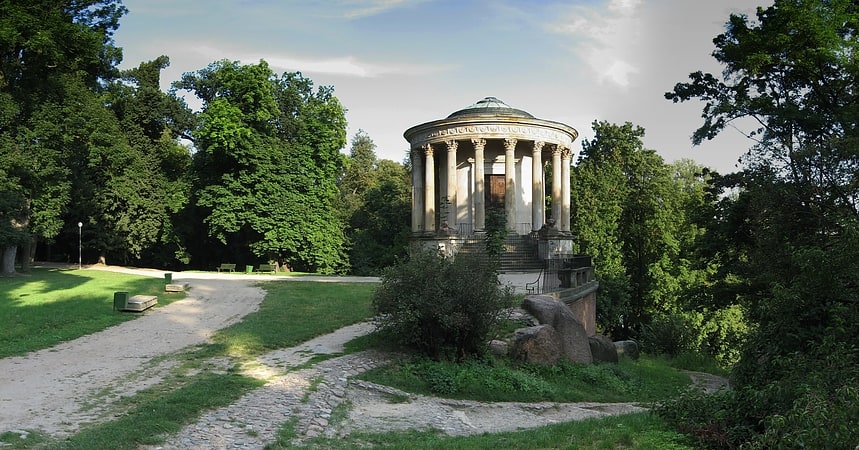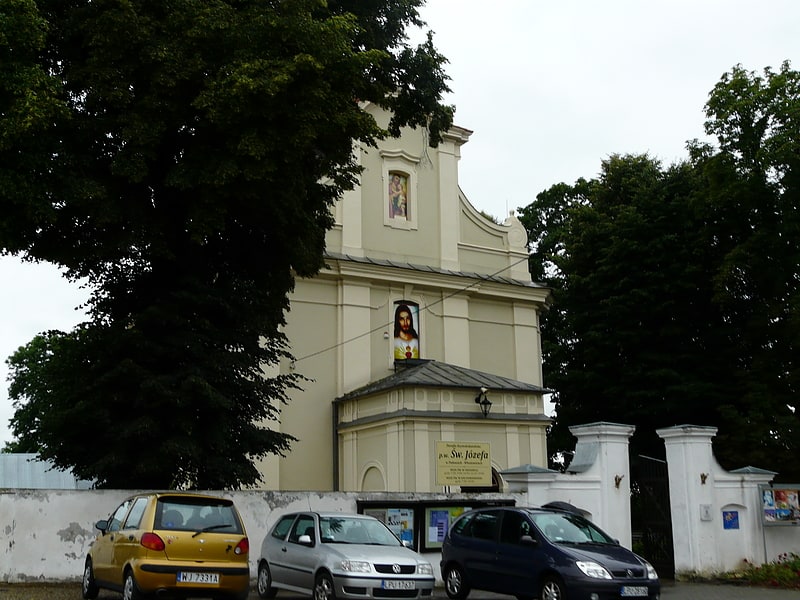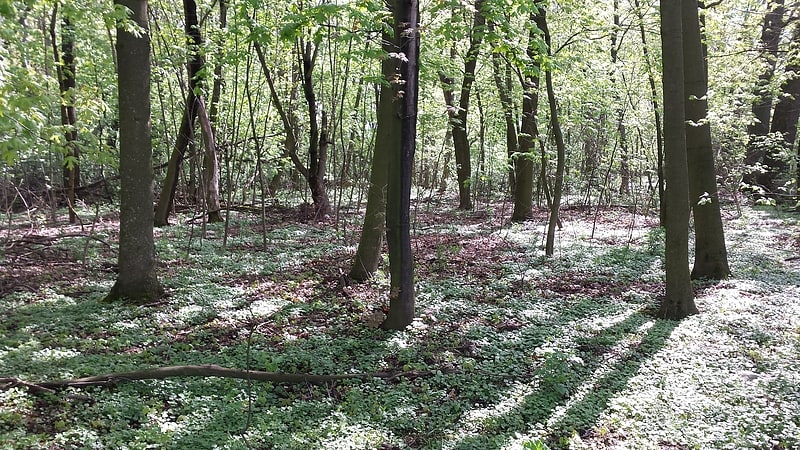Discover 6 hidden attractions, cool sights, and unusual things to do in Puławy (Poland). Don't miss out on these must-see attractions: Czartoryski Palace, Gothic House, and Temple of the Sibyl. Also, be sure to include Kościół pw. Świętego Józefa in your itinerary.
Below, you can find the list of the most amazing places you should visit in Puławy (Lublin).
Table of Contents
Czartoryski Palace

Also known as: Pałac Czartoryskich w Puławach
Tourist attraction in Puławy, Poland. The Czartoryski Palace is a palace in the town of Pulawy, Poland, whose origins date back to the second half of the 17th century and are related to the history of the magnate families: the Lubomirski, Sieniawski and, above all, the Czartoryski family.[1]
Address: ul. Czartoryskich 8, 24-100 Pulawy
Gothic House

Also known as: Dom Gotycki w Puławach
Monument in Puławy, Poland. The Gothic House or Domek Gotycki is a small neo-Gothic garden pavilion in Pulawy, Poland, forming part of the palace and park of the Pałac Czartoryskich.
It was built between 1801 and 1809 to designs by Chrystian Piotr Aigner on the foundations of a Baroque garden pavilion which had been destroyed by Russian troops in 1794. Its masonry was partly new but partly also reused pieces of stone from historic buildings and sites in Italy, Spain and Poland collected by Izabela Czartoryska for her lapidarium. It was designed to expand the display space in the nearby Temple of the Sibyl, displaying items on the exterior as well as the interior.
After the failure of the November Uprising in 1831 and the Russian confiscation of the Czartoryska family art collections, most of the stones embedded in the walls were removed or destroyed by the Russians. In 1869 Dmitry Tolstoy, Russian Minister of Education, instructed that all Polish cultural goods be removed.[2]
Temple of the Sibyl

Also known as: Świątynia Sybilli w Puławach
Museum in Puławy, Poland. The Temple of the Sibyl is a colonnaded round monopteral temple-like structure at Puławy, Poland, built at the turn of the 19th century as a museum by Izabela Czartoryska.[3]
Kościół pw. Świętego Józefa

St. Joseph Parish in Puławy - Roman Catholic parish in Puławy, belonging to Lublin Archdiocese and Puławy Decanate. It was erected on August 12, 1676, at that time in a separate village of Wlostowice. It is located at Włostowicka Street.
Address: Włostowicka 61, 24-100 Puławy
Rezerwat Łęg na Kępie w Puławach

Łęg na Kępie Nature Reserve in Puławy - a nature reserve located in Puławy, Puławy County, Lublin Province.
Area: 4,71 ha (data from the forest inspectorate), Year of establishment: 1963, Appointing document - Order of the Minister of Forestry and Wood Industry dated 8 July 1963 on recognition as a nature reserve (MP No. 60, item 310). Goal of protection (according to the nominating act): preservation of a natural elm forest.
Włostowice

Włostowice is a residential southern suburb of the town of Puławy in eastern Poland, with approximately 5,000 inhabitants. Its housing stock is mainly private homes except for Romska Street, which has four blocks of flats. In 2009, the Dutchtown highway project was completed, which enhanced safety.
Attractions in Włostowice are:
- St. Joseph's Church: This baroque church was founded in 1728 by Elżbieta Sieniawska. The church wall is decorated with plates commemorating those buried in its churchyard.
- Włostowice Cemetery: Founded in the late 18th century by Prince A. K. Czartoryski, it is one of the oldest Polish cemeteries. It contains Roman Catholic, Evangelic-Augsburg and Orthodox graves, as well as monuments of the region's nobility.